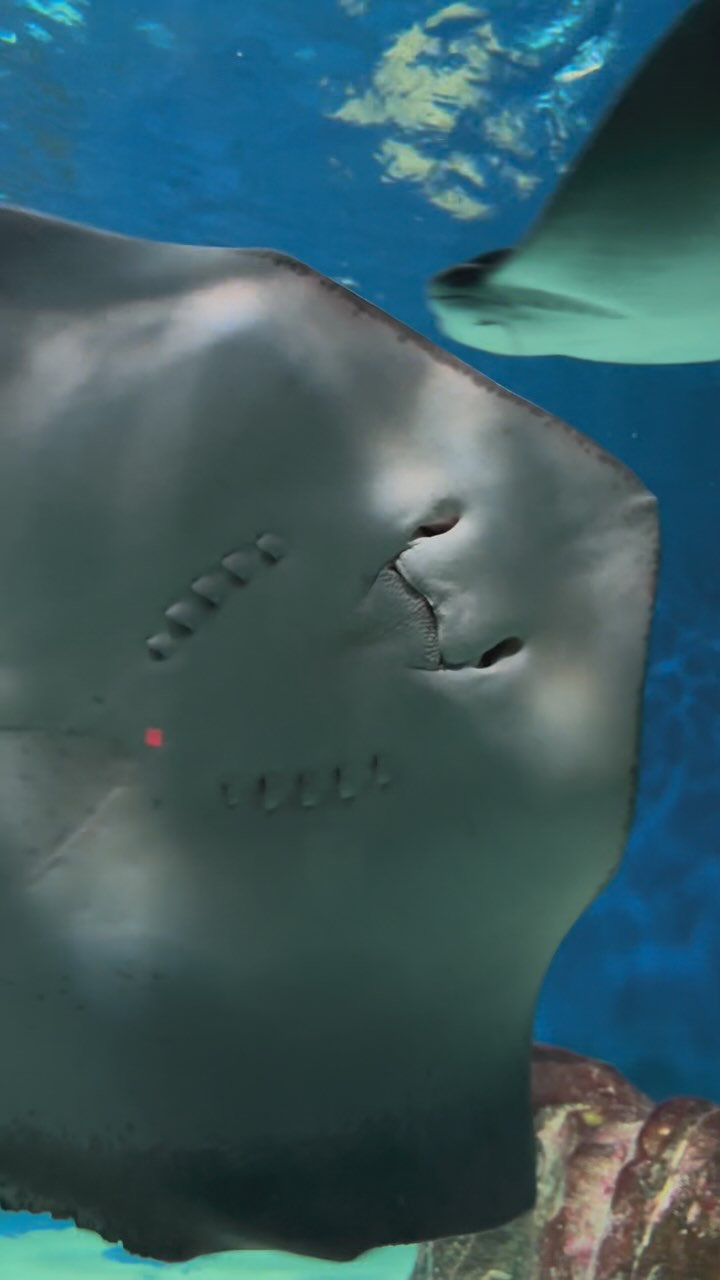- The science behind stingray behavior and their interactions with humans.
- The importance and technique of the “Stingray Shuffle” in coastal regions.
- The anatomy and defensive mechanisms of stingrays.
- The role of stingrays in marine ecosystems and the threat human activities pose to them.
- Conservation efforts and initiatives aimed at protecting stingray populations and their habitats.
Stingrays are fascinating creatures that play a crucial role in marine ecosystems. They belong to the elasmobranch group of cartilaginous fish, sharing a close lineage with sharks. This group is known for its adaptable and ancient history dating back over 400 million years. Stingrays are ray-finned fish, characterized by their flattened bodies and long, whip-like tails which often carry venomous spines. While they might appear intimidating to some beachgoers, stingrays are generally passive animals. Understanding their behavior is key to harmonious human interaction with them.
One noteworthy tip for dealing with stingrays is the “Stingray Shuffle.” This simple technique is both preventive and educational. When walking in shallow coastal waters, shuffling your feet rather than lifting them creates vibrations. These vibrations alert stingrays, who are usually resting or feeding on the seabed, thereby reducing the risk of accidental stings. The physics behind this lies in the sensitivity of stingrays to changes in water pressure and movement, which they detect using the intricate network of electroreceptors located on their bodies. This method exemplifies how minor adjustments in human behavior can minimize conflict with wildlife.
The anatomy of stingrays includes several unique features. Their bodies are flattened, and they possess pectoral fins that have evolved into wing-like structures. This adaptation lets them glide gracefully across the ocean floor. Their eyes are located on top of their heads, allowing them to survey their surroundings even while partially buried in sand. Notably, the barbed stinger at the base of their tails serves as a defense mechanism against potential predators, including humans. While the sting is rarely fatal, it can cause significant pain and injury, making the adage "shuffle those feet" a prudent practice.
Stingrays occupy an important niche in marine ecosystems. They help control the population of benthic organisms, thereby maintaining a balanced marine environment. As bottom-dwellers, they feed on mollusks, crustaceans, and small fish. This feeding behavior helps aerate ocean sediments, promoting nutrient cycling and fostering healthy ocean floors. Yet, despite their ecological significance, stingrays face threats from overfishing, habitat degradation, and climate change. Human interactions such as coastal development and pollution further challenge their survival.
Efforts to protect stingray populations are gaining momentum worldwide. Marine protected areas (MPAs) serve as sanctuaries where stingrays can thrive away from human interference. Regulations limit fishing and promote sustainable practices to ensure stingray populations remain stable. Educational campaigns and community involvement are vital in fostering awareness about the importance of these species. Initiatives such as tagging and tracking programs enrich scientific understanding and guide conservation strategies. By prioritizing holistic conservation practices, we not only safeguard stingrays but also the broader marine environments on which they depend.
Overall, stingrays exemplify the delicate balance within marine ecosystems and the intricate connections between species and their habitats. Through understanding and respect, as demonstrated by practices like the “Stingray Shuffle,” humans can minimize their impact on these ancient and remarkable creatures. Supporting conservation efforts ensures the continued health of ocean environments and the incredible biodiversity they sustain.
*****
Source Description
Ever heard of the “Stingray Shuffle”? 🦶🌊
It’s a simple move—just gently shuffle your feet as you walk through shallow water. This creates vibrations that alert stingrays of your presence, giving them a chance to swim away before you accidentally step on them!
If you’re wading along the shores of the Western Atlantic, it’s a smart habit to have. Southern stingrays, like this one, love to hang out on the sandy ocean floor close to shore. Their stings aren’t usually dangerous, but they can pack a painful punch—so a little shuffle goes a long way!


